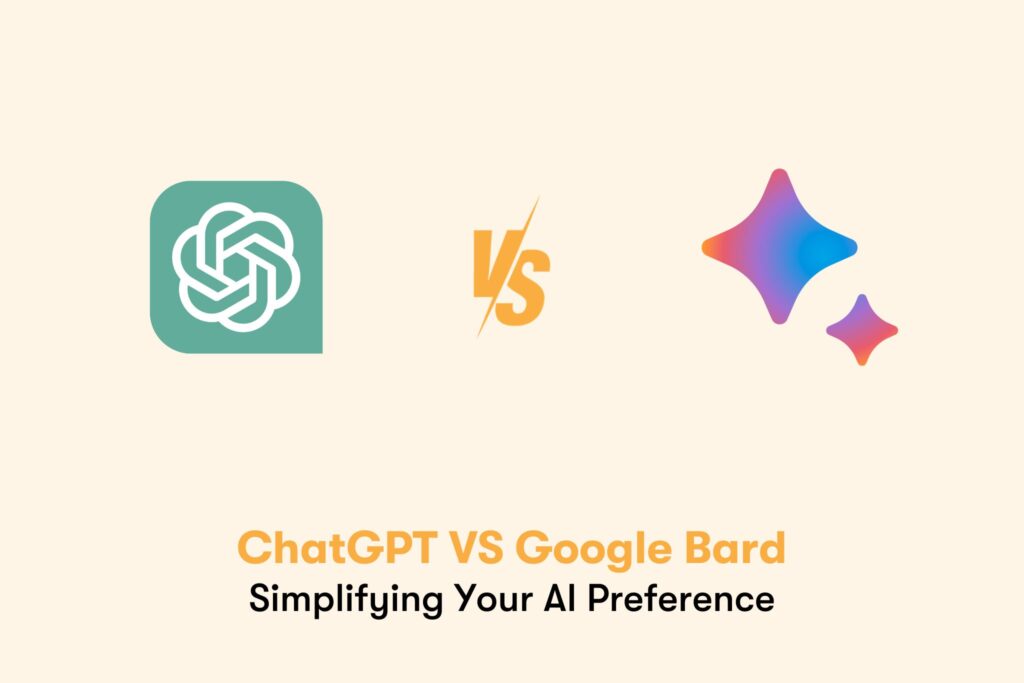Language is more than just words, and today’s discussion centers on the intricate dance of language models—ChatGPT and BARD. Dive deep with us into their architectures as we explore how they decode the richness of human expression.
ChatGPT: Conversational Brilliance
OpenAI’s ChatGPT is an impressive language model that belongs to the GPT (Generative Pre-trained Transformer) family. Trained on diverse internet text, it excels in generating coherent and contextually relevant responses in a conversational setting. What sets ChatGPT apart is its ability to understand and generate human-like text, making it an ideal choice for chatbots, virtual assistants, and other conversational AI applications. Imagine having a buddy who not only listens but responds in a way that makes you think, “Wow, this dude gets me!” That’s ChatGPT for you.
ChatGPT’s strength lies in its generative nature. It doesn’t just provide predefined responses but crafts them on the fly, adapting to the nuances of the conversation. This makes it particularly well-suited for dynamic interactions, where the context can change rapidly.
Google BARD: Contextual Mastery
On the other hand, Google’s BARD takes a different approach. BARD is a pre-training technique for natural language processing that focuses on bidirectional context in a sentence. Unlike traditional models that read text in one direction (left-to-right or right-to-left), BARD considers both directions simultaneously. This bidirectional understanding allows BARD to grasp the full context of a word within a sentence, leading to a more nuanced comprehension of language.
It’s not just about knowing words; BARD is the pro at understanding how they team up and make sense. Need answers to questions like “What are the benefits of mindfulness?” or “Can you condense this article into a few sentences?” BARD’s got you covered. And the best part? It’s not confined to just Q&A. But here’s the cool part – it’s not limited to one playground. BARD plays a key role in amping up search engine smarts, making it sharp at responding to queries like “Best Italian restaurants near me” and elevating language-based apps to effortlessly understand your instructions.
Choosing the Right Conversational Ally
The choice between ChatGPT and BARD ultimately depends on the specific requirements of the task at hand. If the goal is to develop a conversational AI that can engage users in dynamic and diverse interactions, ChatGPT is the go-to choice. On the other hand, if the emphasis is on understanding and processing the intricate contextual relationships within text, BARD is the preferred solution.
In conclusion, while both ChatGPT and Google BARD are groundbreaking in their respective domains, they cater to different needs. Whether you need a chatbot that can hold engaging conversations or a model that comprehends the intricate nuances of language, understanding the strengths of each can help in making an informed decision for your AI project.

